Here's How Portugal’s Douro Valley Plays an Essential Role in the Whiskey World
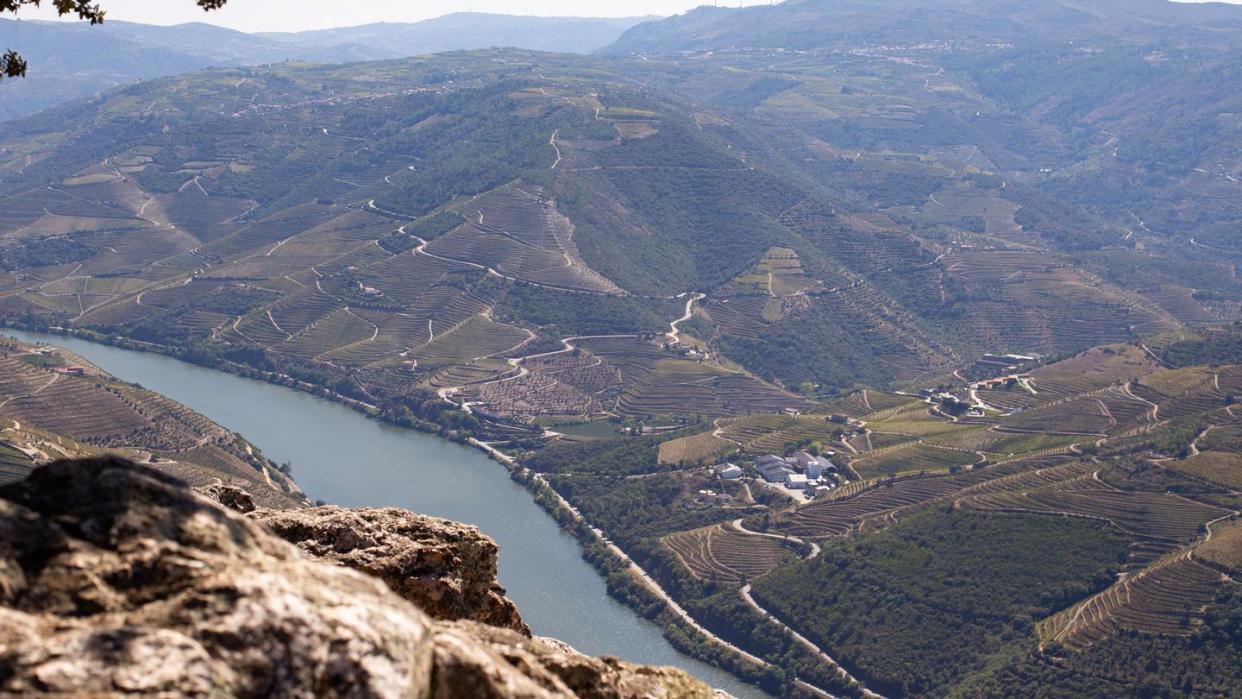
"Hearst Magazines and Yahoo may earn commission or revenue on some items through these links."
I’m standing on a rocky outcrop hundreds of feet above the Douro River in Portugal. From this viewpoint, the terraced vines that fill the valley below me look like fine wavy lines etched horizontally into the hillsides, intersected occasionally by a narrow road, a patch of forest, or the white facade of a winemaking Quinta estate. The intense gradient of these hillsides and the steep terracing of the vineyards were revealed to me in harrowing proportion from the back seat of the off-road jeep that transported me from the bottom of the valley to my current perch above it. In fact, the vines below me are terraced so steeply that most of them cannot be reached by machinery and must be picked completely by hand.
While the air still crackles with the heat of summer, harvest is well underway in the Douro Valley. The leaves on the vines below are shifting to shades of red and purple, and the ripened grapes are being picked, fermented and thrown into barrels where their juices will turn into the finest port wines in the world. Ironically, I’m not in Portugal’s famed Douro Valley wine region to drink port (although I will do plenty of that in the coming days)—I’m here to drink whiskey.
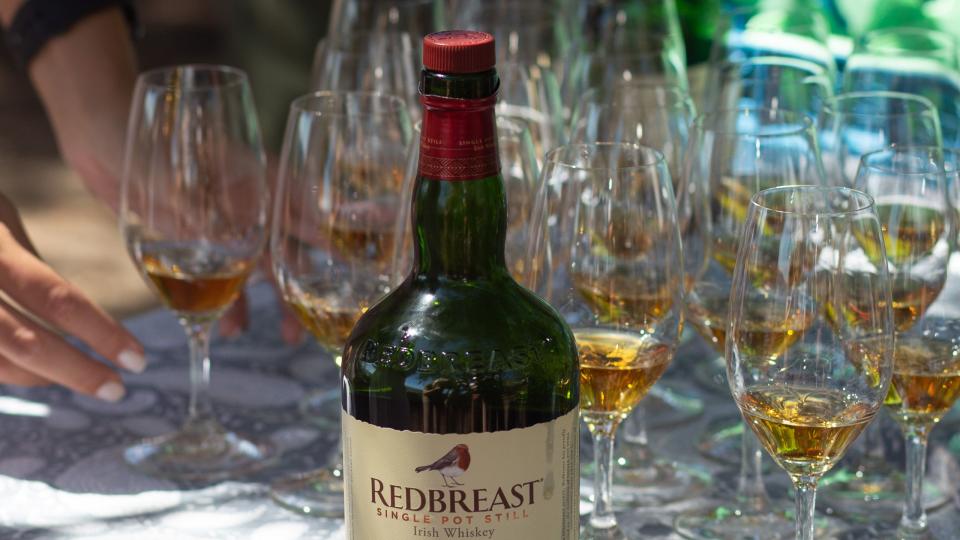
My guides and teachers on this spirit-filled journey are Redbreast Irish Whiskey’s renowned master blender, Billy Leighton, and his right-hand man, blender Dave McCabe. We’re here to taste some of their atypical Irish whiskeys while exploring the unique European region that inspired them.
For Leighton and McCabe, the Iberian Peninsula, which encompasses Spain and Portugal, has been central to Redbreast’s creative process since the start. They make their core whiskey expression, Redbreast 12, by aging their distillate in a mix of ex-bourbon barrels from America and ex-sherry casks from Jerez in southern Spain and then blending the two together.
These two distinct oak influences are perceptible on the nose and the palate. Vanilla, citrus, and charred wood spice from used bourbon barrels comprise the background flavors and aromas. However, it’s the dried fruit (apricot, raisin, banana) and nutty characteristics (walnuts, almonds) from the Oloroso sherry casks that really dominate the palate.
The distinctive dried fruit and nutty notes from the fortified wine casks of the Iberian Peninsula, particularly Oloroso Sherry from Spain, give Redbreast its signature style. However, in recent years, Leighton and McCabe have embarked on a project that explores their connection to the region further. The Redbreast “Iberian Series” highlights specific regions, winemakers, and cooperages on the peninsula. The first expression in the series was a collaboration with the renowned sherry producer Bodegas Lustau, followed by a limited-edition Pedro Ximénez cask-finished whiskey. The newest expression in the series turns its attention to the tawny port wines of the Douro Valley.
I've learned that these whiskeys don’t just express a marriage of international flavors and oak influences. They also represent an interconnectedness between global wine and spirits industries and, perhaps more importantly, a background of close intercontinental friendships.
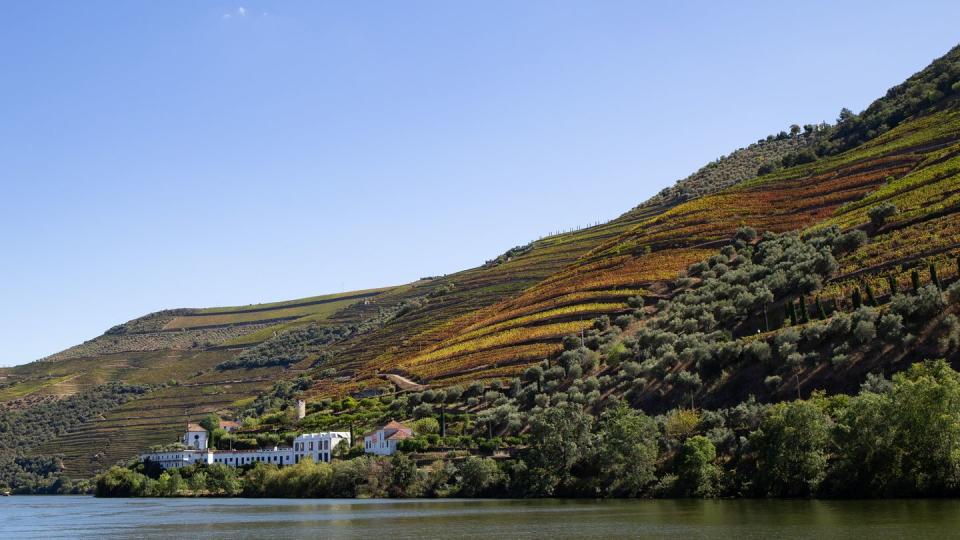
On our drive to the banks of the Douro River, McCabe explains how the Irish whiskey, American bourbon, and Iberian fortified wine industries are linked and even dependent upon each other for survival. For example, bourbon whiskey can only be aged in new oak barrels, so once a barrel has been used it cannot be reused to make another one.
This strict rule, combined with a booming bourbon industry, creates a massive surplus of used American oak barrels. This is great news for Ireland’s whiskey industry, which relies on these abundant and affordable ex-bourbon barrels for maturing their own whiskey. After receiving a used bourbon barrel, distillers like Redbreast will typically use it up to three times for maturing their whiskies.
“After that, we’ll sell them,” says McCabe, “and they’ll go to places like Scotland, where they are actually re-charred to rejuvenate them, and Cuba, where they’re looking for an oak influence on their rum.”
So, even after distilleries like Redbreast give new life to barrels that have served their purposes in America and Spain, the barrels still go on a decades-long global tour of spirit aging. However, the situation is very different regarding sourcing the Iberian sherry and port casks that Redbreast relies on. Distillers in the U.K. used to have access to a similar abundance of used sherry casks, but as Dave explains, they’ve had to adjust their approach as the industry has changed.
“Historically, there used to be a huge market in Britain for port, so there were always barrels transferring from Portugal to the U.K., and it was inevitable that whiskies were aged in them,” McCabe says. “But now people don’t drink as much port or sherry as they used to, and there aren’t barrels available on the free market anymore, so to keep that flavor alive today we actually have to get them handmade for us, on an order-by-order basis.”
By collaborating directly with each other, each party gets what they need: Redbreast gets their bespoke, perfectly seasoned casks, and their partners in Iberia get good business from a consistent client.
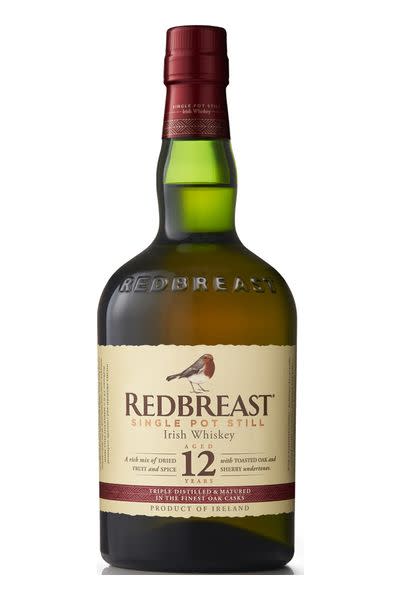
Redbreast 12 Year Old Irish Single Pot Still Whiskey - at Drizly.com
drizly.com
$22.00
McCabe further adds, "It’s all about building relationships to help create an Irish whiskey that’s known around the world, but has influences from around the world too.”
Whiskeys like Redbreast certainly express their international influences through their aromas and flavors. But below the surface of what can be smelled and tasted, there are the human relationships and collaborative international friendships between Leighton and McCabe and the coopers and winemakers of Iberia that make this style of whiskey possible.
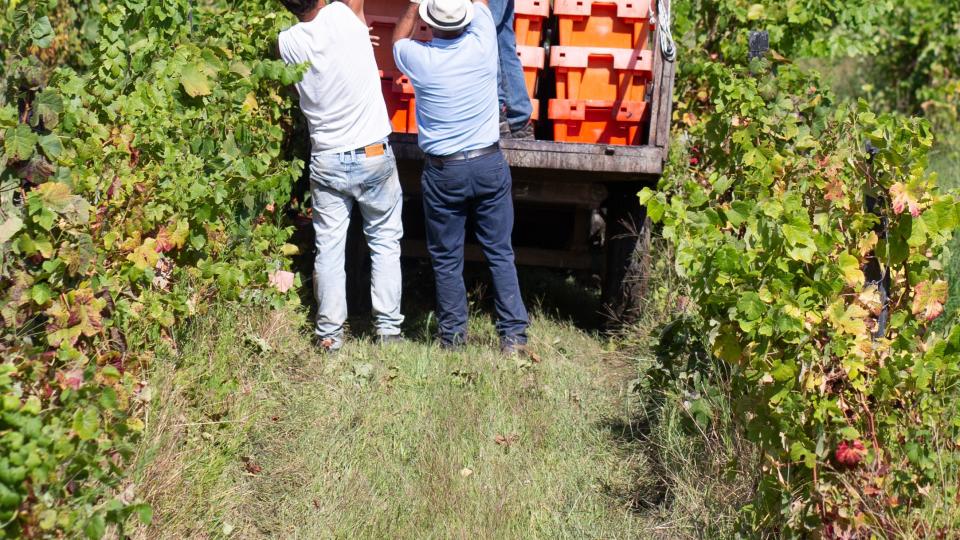
For example, the origin for the first entry in the Iberian Series is a decades-long friendship between Billy Leighton and Manolo Lozano, the winemaker at Bodegas Lustau in Jerez which is historically one of Redbreast's primary suppliers of seasoned sherry casks.
“When the sherry industry wasn’t doing so well, a lot of the sherry producers who were seasoning casks for the whiskey business stopped doing it," says Leighton. “But Lustau stood by us through thick and thin. And, we felt that we wanted to give them a bit of credit and thank them for their support.”
So, Leighton came to Lozano and proposed that they collaborate on a signature “Lustau” edition, which would bear the name and logo of the bodega.
“We put our heads together," says Leighton. "I went over and worked with him in Jerez. He came over to Middleton and made a few tweaks here and there to tone down the powerful flavors in Redbreast 12 a bit, so that we could let the influence of the sherry from Lustau come through more, and finally Manolo and I signed off on what we ultimately put into the bottle."
Lozano sadly passed away before the launch of the Redbreast Lustau Edition in September 2016, but his and Billy’s friendship is now represented as a permanent entry in Redbreast’s lineup of whiskeys. It also served as the jumping-off point for the additional Iberian Series expressions that have come in the following years.
“I have a sentimental attachment to this one,” Billy reflects, as we taste the Lustau together over dinner back at our hotel that night, “and to be honest, I think the both of us did a great job.”
I can’t help but agree with him as I take my first sip. The Lustau Edition has the trademark oak spice, dried fruit, and nutty characteristics of Redbreast 12, but there is an extra layer of light berries and fresh red fruit, with a mouth-coating texture that envelops the palate. This is due to a “finishing” process, in which aged Redbreast whiskey is put into freshly emptied sherry casks from Bodegas Lustau for an extra year to 15 months at the end of its maturation process. This introduction of younger sherry casks adds an extra layer of flavor, with those fresh fruit notes and even a bit of tannin rising to the surface.
Redbreast Lustau showcases how different oak influences can create layers upon layers of flavor in a single whiskey, and just how much influence the fortified wines of Iberia can add. It also foreshadows a trend that will apply to each of the remaining whiskeys I’ll taste while in Portugal: Behind every expression in Redbreast’s Iberian Series, there is a long-cultivated, intercontinental friendship that made it possible.
Take the Redbreast Pedro Ximénez edition, for example, which we taste the following day at Casa dos Viscondes da Várzea, a 17th-century manor house in the heart of the Douro and the home of our luncheon host, Countess Maria Manuel Cyrne. While sampling fresh figs from the casa’s gardens and tawny port wines from the Countess’s own estate vineyards, McCabe explains how their PX Edition was born out of another long-held relationship with the family behind the Páez Labato cooperage in Spain.
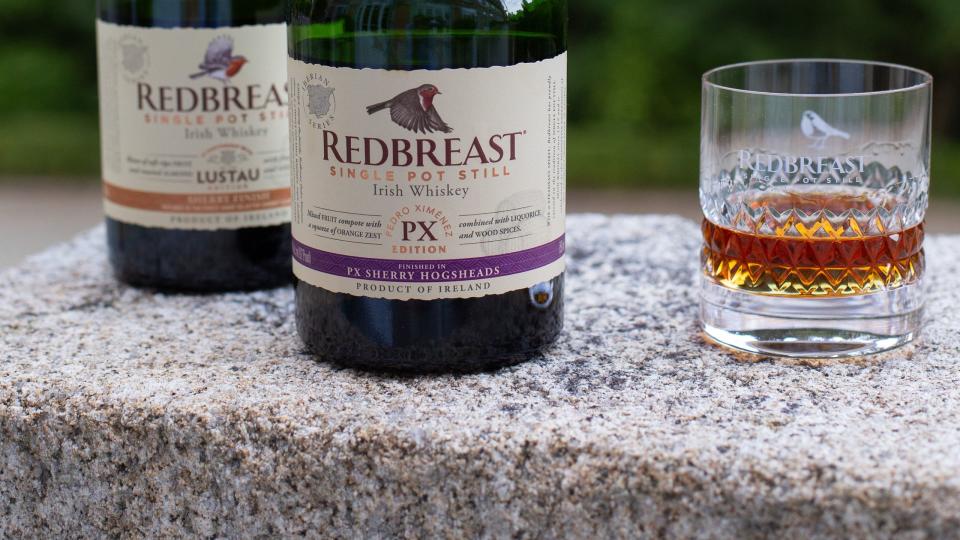
It began as a business partnership with the late Don Antonio Páez to build and season Oloroso sherry casks for Redbreast’s core expressions, but quickly grew over the years into a close friendship with the entire Páez family, including Don Antonio’s children, Antonio Jr. and Esparanza, and grandson, Isaac. The youngest generation of the Páez family even spent some time working at the Redbreast distillery in Middleton to learn the whiskey business and improve their English.
“It’s really important having a supplier, but it’s more important having them as friends and family because things like the PX Edition are what stem from that,” says McCabe. “A few years ago, we were over there to get some samples taken from our barrels and talk about what we needed to order the next time. But Isaac came over and said, ‘I’ve got some barrels of PX wine for you to try.’ And once we tasted the wine, we knew it was something extra special.”
Redbreast’s PX Edition draws upon the sweet and viscous style of sherry in which grapes are left in the sun to dry. The sun evaporates water from the grapes, leaving behind a higher ratio of concentrated sugars, thus making for a sweeter style of wine.
It reflects a licorice-y sweetness that explodes on the nose due to the blend finishing in Pedro Ximénez casks. The palate has a thick mouthfeel reminiscent of the wine itself, and it carries through more flavors of anise, dried fruits, plum, and menthol with a long oaky finish. It’s a uniquely sweet and rich whiskey that reminds me in some ways of dessert-like, double-oaked Kentucky bourbons.
At this point in my wine and whiskey journey, I’m gaining a new understanding of how a single whiskey can represent multiple cultural influences, flavors, and people. But this realization comes into focus later that night when we find ourselves in the dark and cool cellar at Quinta da Pacheca—a prestigious winemaking estate on the bank of the Douro River. We are there to taste a range of ruby and tawny ports alongside a beautiful dinner, culminating in the unveiling of Redbreast’s newest entry in the Iberian Series, the Tawny Port Cask Edition.
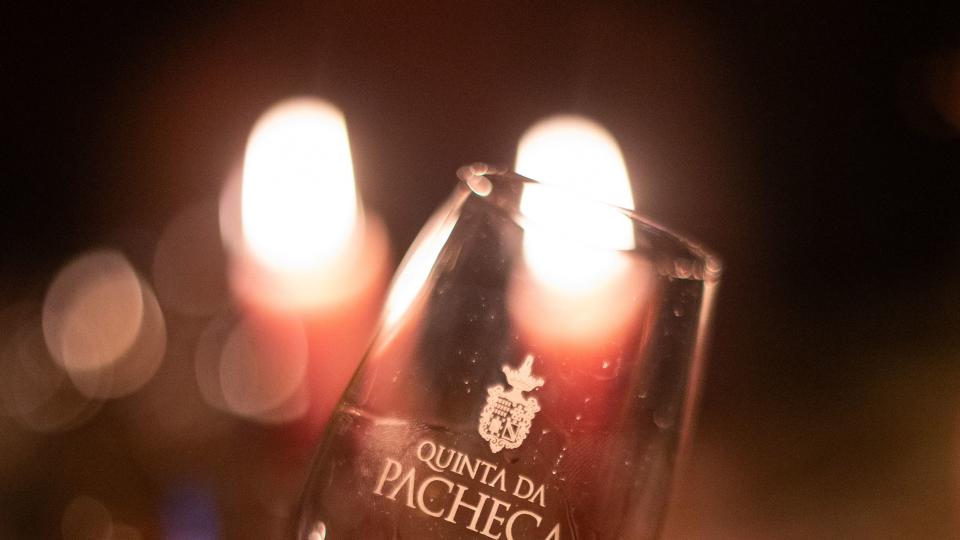
At the table with us are Manuel Gonçalves and his daughter, Andreia, the coopers responsible for crafting all the casks for this new release, and José Pinheiro, the winemaker who oversaw the production of tawny port in Manuel’s casks. The inspiration for this particular whiskey started 12 years ago when Leighton took a trip to the Douro Valley to visit some of his and McCabe’s partner cooperages and winemakers.
“We were enjoying lunch with José and the late renowned winemaker Joaquim Anacleto overlooking the valley, discussing the various wines and spirits that had influenced our whiskeys,” says Leighton. “And, being in the valley, we began to imagine how Tawny Port’s intricate flavor profile could affect our whiskies. Curiosity took hold, and we decided to make this daydream a reality. Since then, we have been aging single pot still whiskey in a small number of tawny Port casks we receive annually from this beautiful, sun-drenched valley and, needless to say, we have been delighted with the results.”
We begin by tasting some tawny port together to understand the influence ex-tawny casks have on whiskey. As opposed to ruby port which spends a very short time in large oak casks and ages in the bottle, tawny port is aged for several years to several decades in smaller casks. This allows many oxidative and woody qualities to develop. It’s similar to the Spanish sherries that already play a leading role in the Redbreast style, although with even more richness and indulgent sweetness from that extra time in oak. These characteristics are present in the tawny we taste together, with aromas of dried fig, almond, and leather bursting out of the glass and flavors of rich red fruit coming through on the palate.
With our palates sufficiently warmed up, we move on to Redbreast Tawny Port Cask Edition. There’s a magic alchemy in opening a single bottle of whiskey that contains the fingerprints of multiple sea-separated countries and melds together varying philosophies and cultural approaches to wine and spirit production.
Here’s what becomes perfectly distilled (pun intended) for me as I take my first sip: I’m tasting the world in a glass. From its original distillate to its years spent in different oak casks, this whiskey has taken a trip across the globe. And amazingly, all these places can be identified on the nose and on the palate.
The American oak background of vanilla and spice is there as always, as well as the Spanish sherry notes of dried fruit and walnut. At the top is an additional layer of dried fig, confectionary sugar, and almond extract, clearly imparted by Jose and Manuel’s tawny-seasoned casks. The palate has a rich sweetness similar to that of the PX Edition but with a stronger backbone of spice, clove, and chocolate from the extra-aged oak of the tawny barrels.
The melting pot of international influences present within this one glass of whiskey is brought into focus by the fact that I’m drinking it in the heart of the Douro Valley with the two Irish blenders who concocted it, and the Portuguese winemaker and coopers whose cooperative efforts made it what it is.
“We call it Irish whiskey, but it’s really a global product,” explains Dave, in a perfect encapsulation of what I’ve learned from my time in Portugal. “We just put our unique Irish stamp on it.”
When a spirit is crafted collaboratively by artisan producers across the globe, it can take us on a journey to regions and cultures we’ve never explored. It is something that even non-Irish whiskey drinkers can be gifted during the holidays and thoroughly appreciated and enjoyed.
“Whiskey is an inclusive thing for us whether it’s a neat drink, with ice, or in a cocktail," says McCabe. "We’re very serious about the making of what we do, but we wouldn’t say we’re the most serious about how it’s enjoyed. Just maybe not with Coke!”
You Might Also Like

